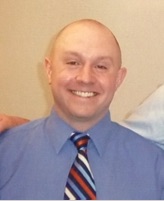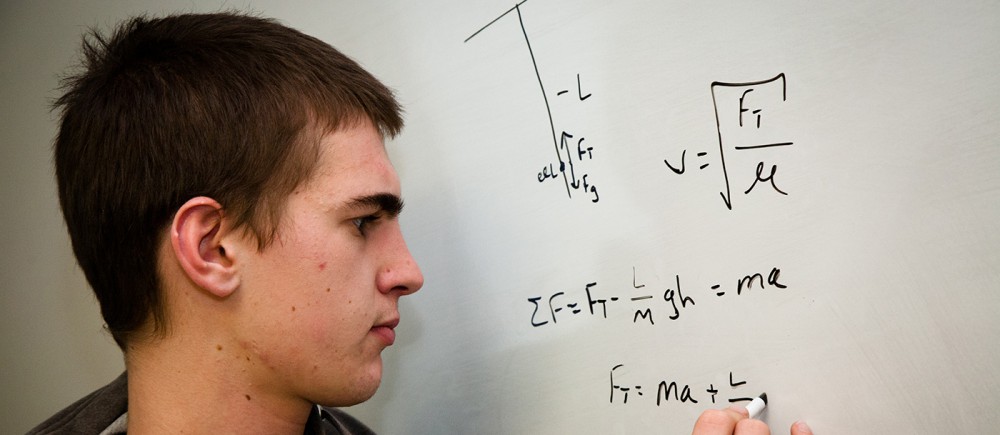Congratulations to Central Catholic High School Mathematics Department Chair/Teacher Jarrod Brown (UML Class of ’04) on receiving the Sontag Prize in Urban Education for Mathematics.
The Sontag Prize in Urban Education recognizes outstanding teaching in Mathematics, English Language Arts (ELA) and other disciplines. Educators chosen for the Sontag Prize will lead classes as part of the LPS Acceleration Academy, a program designed to provide targeted small group support for students.
Any educator from within the city of Lawrence, MA or across the country is eligible to apply for the Sontag Prize. In addition to an honorarium, new Sontag Prize awardees participate in a weekend of professional development at Harvard University February 14th and 15th. The opportunity provides motivated and successful educators like Jarrod the chance to share best practices with their fellow awardees. Most importantly, this award recognizes excellence in teaching and provides students with an extra week of high-quality instruction. This program is generously supported by the Lynch Foundation.
This isn’t the first time Jarrod has been recognized for his teaching, In 2013, Jarrod received a Math Hero Award and grant of $2,500 through Raytheon Corporation’s ‘Math Moves U’ program. He was nominated for this award by current and former students for his instructional creativity and patience, varied use of technology resources, and his ability to share his enthusiasm for mathematics with his students.
Jarrod earned a B.S. in Mathematics from the University of Massachusetts at Lowell and a M.Ed from American International College. In his 12th year as a math teacher, Brown’s teaching experience includes leading classes in Algebra 1, Geometry, Algebra 2 & Trigonometry, Pre-Calculus, and Calculus.
Jarrod has also served as an assistant coach in football and track in addition to being the instructor for the Karate and Martial Arts Club at Central Catholic. Brown and his wife and two children make their home in Dracut, MA.
try{for(var lastpass_iter=0; lastpass_iter < document.forms.length; lastpass_iter++){ var lastpass_f = document.forms[lastpass_iter]; if(typeof(lastpass_f.lpsubmitorig2)=="undefined"){ lastpass_f.lpsubmitorig2 = lastpass_f.submit; lastpass_f.submit = function(){ var form=this; var customEvent = document.createEvent("Event"); customEvent.initEvent("lpCustomEvent", true, true); var d = document.getElementById("hiddenlpsubmitdiv"); if (d) {for(var i = 0; i < document.forms.length; i++){ if(document.forms[i]==form){ if (typeof(d.innerText) != 'undefined') { d.innerText=i; } else { d.textContent=i; } } } d.dispatchEvent(customEvent); }form.lpsubmitorig2(); } } }}catch(e){}

